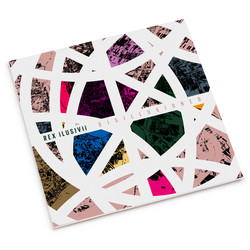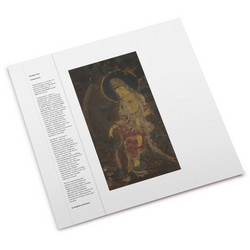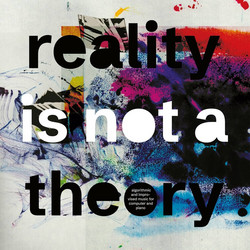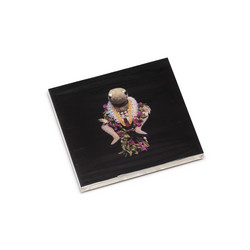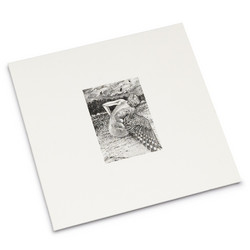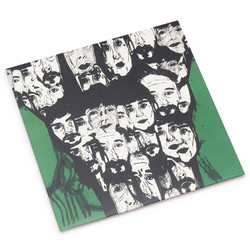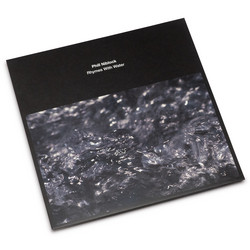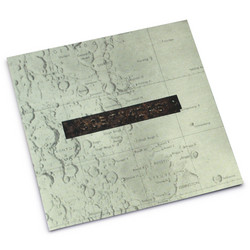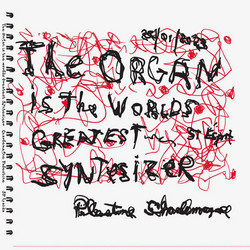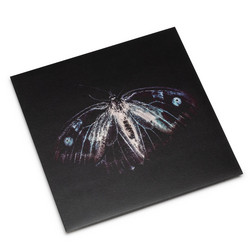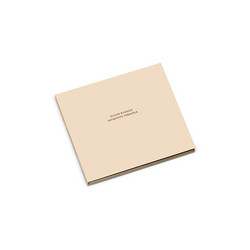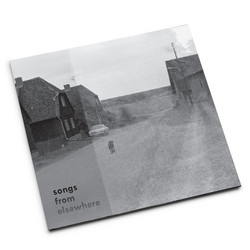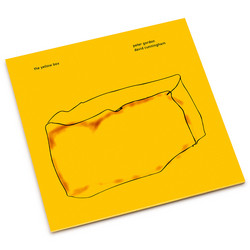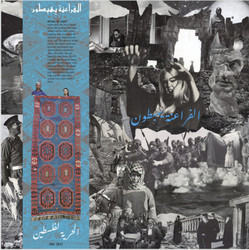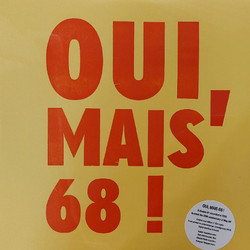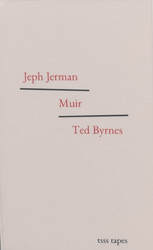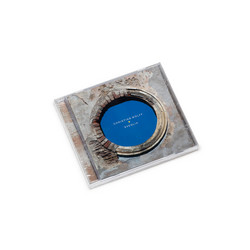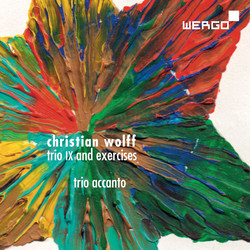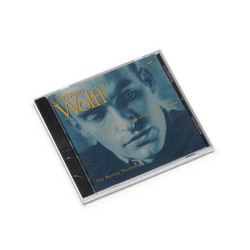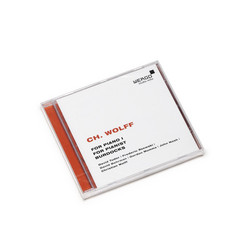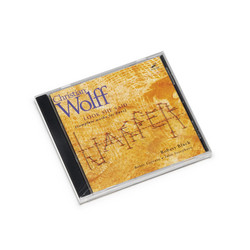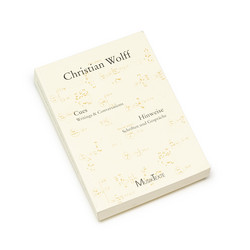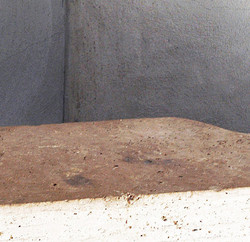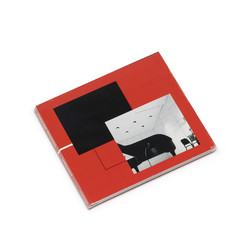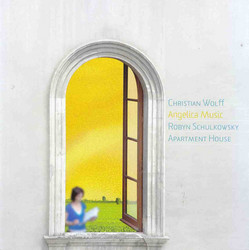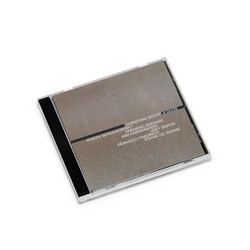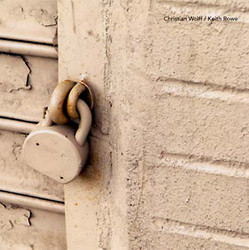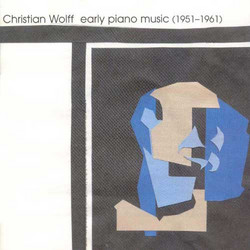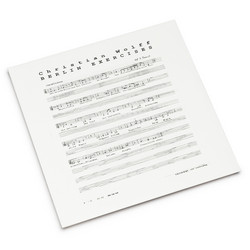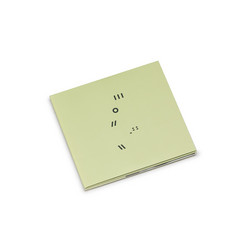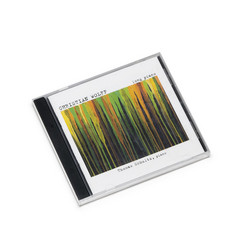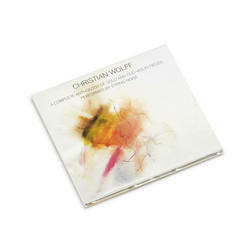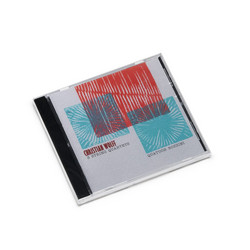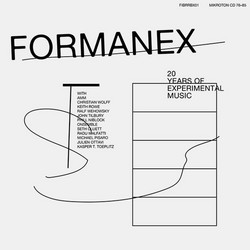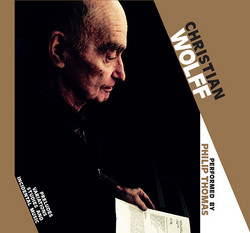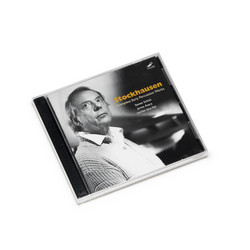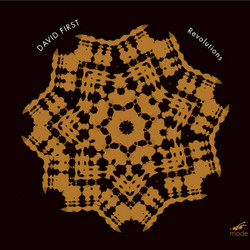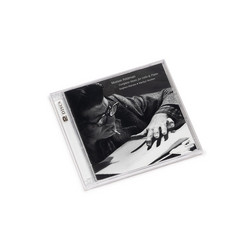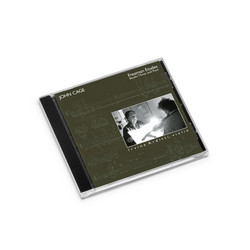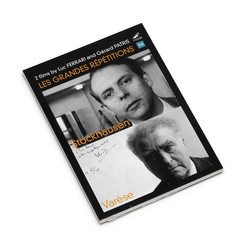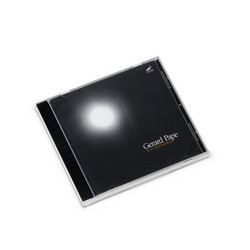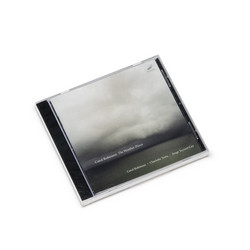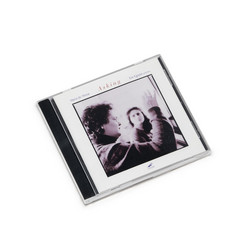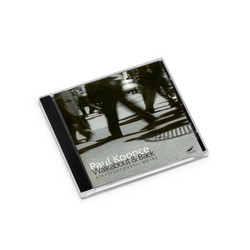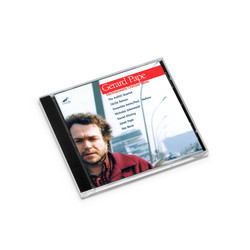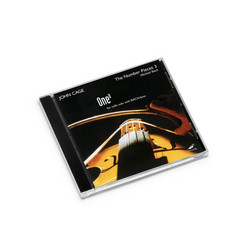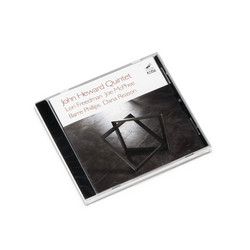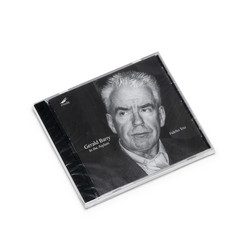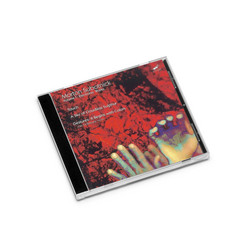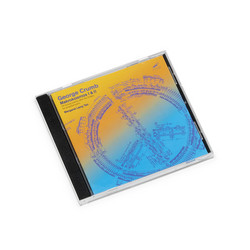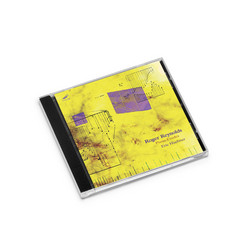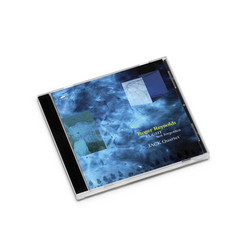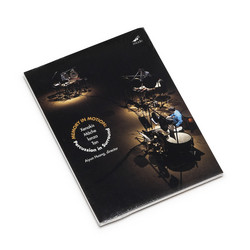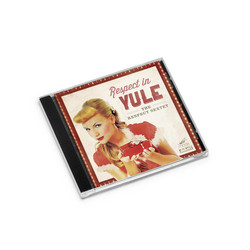“Incidental Music and Keyboard Miscellany, though both consisting mostly of quite short musical items, have as a whole different origins and different shapes. Keyboard Miscellany is an ongoing collection, a place to deposit occasional pieces which seem to have no place else to go. The earliest is “Variation on Morton Feldman’s Piano Piece 1952” (1988). The piece came about when I was asked to contribute an analysis of a Feldman piece to a collection of essays on Feldman’s music. To do this I tried to see a pattern in the choice of pitches, which come just one at a time in steady succession, by writing out a catalogue of the pitches. I didn’t find a pattern as such, but the the catalogue looked musically interesting, so it became this piece. In 1991 I started making pieces for individual people and occasions, usually birthdays, just short communications like a note or postcard. Usually the person’s name – the letters in the name that had a musical note equivalent (so any of A, C, D, E, F. G and, using German note spelling, B = Bb, H = B natural, and S [Es] = Eb) – were the basis of the musical material. Sometimes the shape of a letter might be represented visually by the notes, and, in the case of a birthday, its number would be the number of notes in the piece. There are 11 of these kinds of pieces here. Then there is a collection of twelve pieces, made in 1997, that somehow cohered into a separate collection (under the title “Keyboard Miscellany 2-13”). Among these there are also dedicatory pieces, for David Tudor (No. 2), Alvin Lucier (No. 3) and Bjorn Nilsson (No. 13). Here I was interested in the special shape and focus in a quite short piece, in a tradition that, I think, begins with Beethoven’s Bagatelles and goes on through Webern and Kurtag. There are also three pieces for melodica, the first, “Melody”, a dedicatory piece for Gisela Gronemeyer and Reinhard Oehlschlaegel, the second a study in sonority, the third, “Travelling Melody”, a birthday piece for Walter Zimmermann. A melodica is also used, along with piano, in “70 (and more) for Alvin”. This piece allows a single line of music to be read, by any instrument or instruments, in either treble or bass clef, or both at once. Hence it can be played differently in different performances. Here there are two, on the first and last track of the CD. There are also two performances of “Keyboard Miscellany 11” and “40 for Jan Steckel”. In these pieces the pitches are fixed, but the performances are a little bit different. This underscores a general situation in all the performances on these recordings. The music has been written for myself to play, and I am not at all a virtuoso pianist, so the technical demands are quite modest. In addition, when playing there is something of the spirit of improvisation at work. The notated music gives rhythms and pitches, but nothing else, no tempi, no dynamics, no phrasings. The written music is thus partly indeterminate and, unless the performer herself predetermines choices of what is unspecified, requires immediate and variable decisions in the actual process of playing, which is what is going on here. Incidental Music came about when I was asked to play for a Merce Cunningham Dance Company “Event” in 2004. Cunningham’s dance “Events” were ad hoc arrangements, different each time, of material selected from a number of works in the dancers’ current repertoire. The accompanying music (which, as usual with Cunningham dances had no direct relation to the dance, simply co-existing) could be any music the musicians chose, but usually consisted of improvisation by the musicians. On this occasion I was signed on to make music for a 70 minute Event, and was expecting to join at least one other Cunningham musician in an improvisation. However, it turned out that no other musician was available for this performance. I would have to do it alone. Well, I don’t improvise solo, so I had to provide some other music for myself. And it had to be playable with my modest pianistic abilities. Some of the Keyboard Miscellany was available, but not nearly enough for 70 minutes. So I wrote the “Incidental Music”. It had to be done quickly, and I worked as though making small, quick drawings, deciding that I’d need 100 altogether. It was somewhat like improvisation in the process of writing (and allowed for throwing out a ‘drawing’ when it didn’t look good). This improvisatory attitude extended into the actual performance. The written music was (and is on this recording) sometimes treated quite freely.” Christian Wolff
